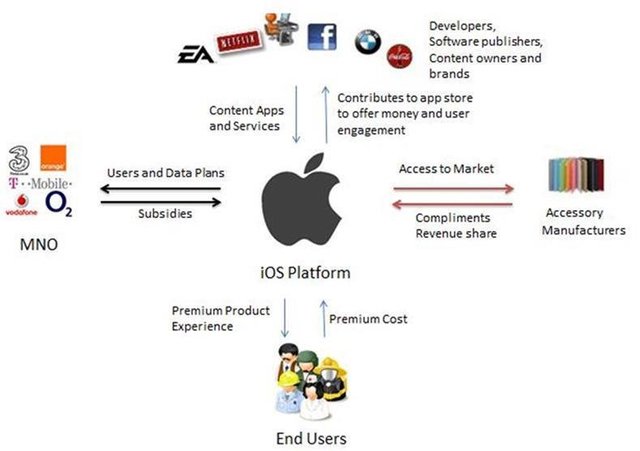
Apple’s iOS ecosystem is known for its seamless integration across a range of Apple products, offering users a cohesive and interconnected experience. In this overview, we’ll explore how Apple’s iOS ecosystem integrates with other Apple products, enhancing convenience, productivity, and functionality for users.
Continuity and Handoff:
Continuity features like Handoff allow users to start an activity on one Apple device and seamlessly continue it on another. For example, you can start writing an email on your iPhone and pick up right where you left off on your iPad or Mac.AirDrop:
AirDrop enables easy file sharing between Apple devices, including iPhones, iPads, and Macs. Users can quickly share photos, videos, documents, and more wirelessly, without the need for email or messaging apps.iCloud:
iCloud is Apple’s cloud storage service that seamlessly syncs data across devices, including photos, videos, contacts, calendars, and documents. This ensures that users have access to their data from any Apple device, and changes made on one device are automatically reflected on others.Universal Clipboard:
With Universal Clipboard, users can copy text, images, photos, and videos on one Apple device and paste them on another. This feature streamlines workflows and eliminates the need to manually transfer content between devices.HomeKit and Siri Integration:
Apple’s HomeKit platform allows users to control smart home devices using Siri voice commands or the Home app on their iPhone, iPad, or Apple Watch. This integration enables users to automate tasks, adjust settings, and control their smart home devices from anywhere.
Conclusion:
In conclusion, Apple’s iOS ecosystem offers seamless integration with other Apple products, allowing users to work, communicate, and stay productive across devices. From Continuity features like Handoff and AirDrop to iCloud synchronization, Universal Clipboard, and HomeKit integration, the iOS ecosystem enhances convenience and connectivity for Apple users.